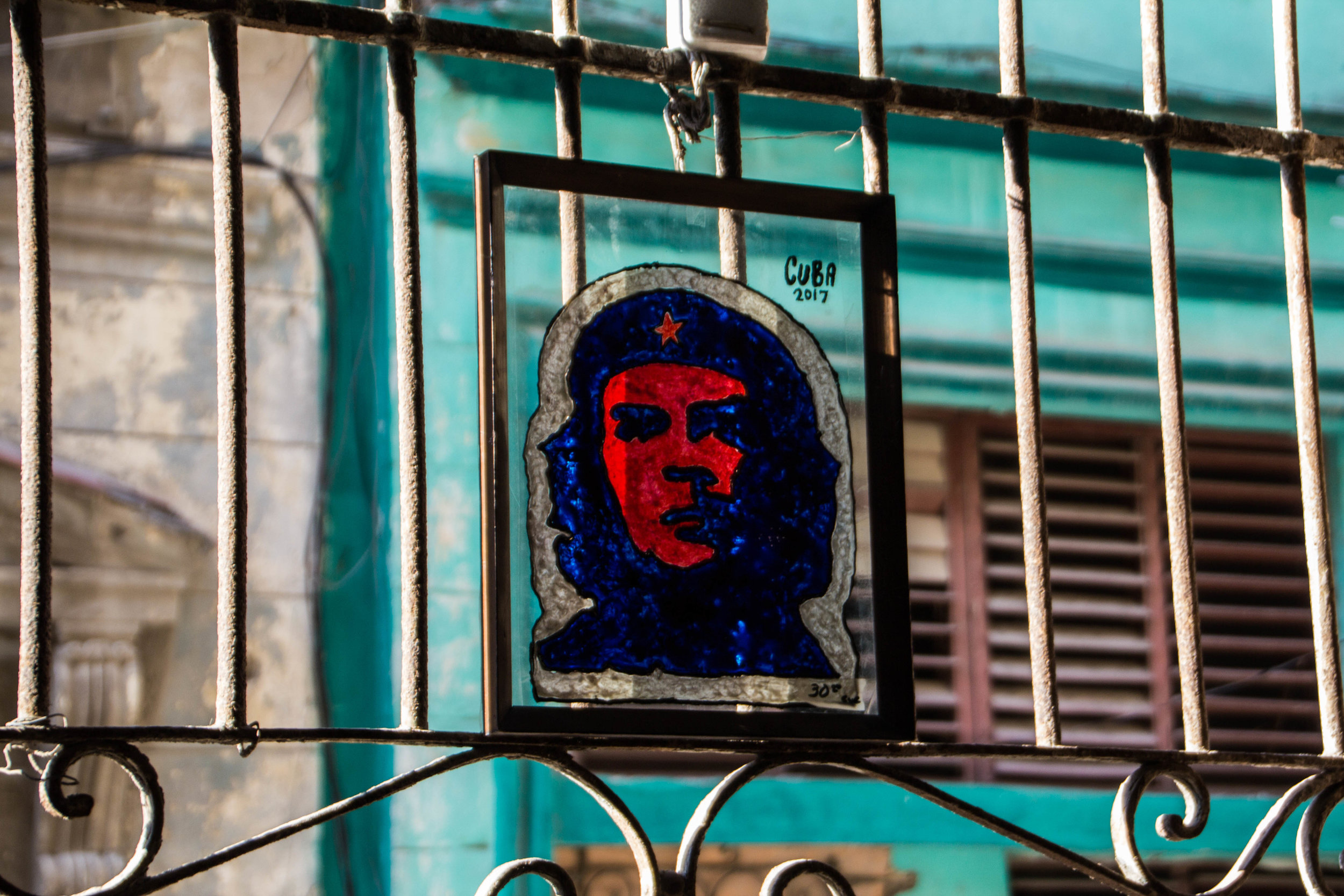Before we head out of the city and into some nature, we’re going to take one last photo-walk through a very specific slice of San Francisco: Haight-Ashbury. Today it would be easy to pass through this area and think it’s just a pretty neighborhood, but there is actually some really cool history here from the not-so-distant past. There was a time when Haight-Ashbury was the epicenter and headquarters of a national zeitgeist whose iconic status endures to this day.
I’m talking about the Summer of Love.
I got the chance to visit Mississippi recently, and that just so happened to be on the weekend of Juneteenth, 2021. Mississippi is not a place that tends to be high on anybody’s travel bucket list—least of all mine—but the opportunity presented itself, so I went for it! Honestly, I have always been curious.
Today we’re going to talk about the elephant in the room: race in the Deep South. And just like with any other article I write, I don’t claim to be an expert. I’m just a white dude trying his best to understand the world around him and become a better person along the way. And I am, like the rest of us, a work in progress.
Teotihuacán is one of the most historically, culturally, and architecturally significant cities in the pre-Columbian Americas. At its height, it was the largest city in both North and South America, with a population of 125,000 people (estimated). That might not seem like much today, but by Mesoamerican standards, that’s like Tokyo or New York. This wasn’t just a place—it was THE place. But here’s what makes it so fascinating…
The origins of Teotihuacán are utterly mysterious. The backstory behind its founders is totally unknown. And it’s not just unknown to us now, in 2020. Apparently the Aztecs discovered the ruins of this city and also didn’t know exactly where it came from or what the story was. Isn’t that INSANE? The AZTECS discovered this when it was already ruins!
It was this event that prompted the creation of the term “genocide.” There wasn’t really a word for this before the world started to do business with what happened to the Armenians. I’m going to tell you this story now, and I’m sure you will start to notice some eerie parallels with the Holocaust. In fact, the two aren’t entirely unrelated. But before we dive in, I’m going to warn you, this will be disturbing.
Boston has a lot of cool history. Even if you don't feel like you know very much about Boston, you still probably already knew that. This was the city where the Revolutionary War started! The Boston Tea Party, Paul Revere's Midnight Ride, the Salem Witch Trials—the early history of the Boston area is rich with some of the most riveting stories that American history has to offer. And moving into the modern era, Boston still managed to be the site of some of America's most interesting historical sagas, from the Boston Strangler, to the Great Molasses Flood. However, to me, one story stands out above the rest, and it didn't happen all that long ago.
The story I'm talking about is the heist of the Isabella Stuart Gardener Museum, which happened in 1990.
The time has finally come. It's time to talk politics. But before that, I'm going to take 2 minutes to make sure that everybody is up to speed on the Cuban Revolution.
The Cuban Revolution was one of the most unlikely success stories in modern history. Although fighting had been going on intermittently since 1953, it wasn't until 1956 that Fidel Castro (you've heard of him, right?) and 80 of his fellow rebels sailed a small yacht called the Granma from Veracruz, Mexico, back to their home country of Cuba...
Ho Chi Minh’s mausoleum is mammoth. It takes up a solid 10 square city blocks and it looks kind of like a slick, chrome, communist version of the Lincoln Memorial. It is only open in the morning. Entry is free but you had best be there at the butt-crack of dawn if you want to avoid a multi-kilometer long line. Most of the line is not tourists either. It is mostly Vietnamese families.








